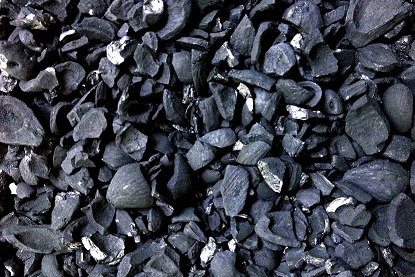Palm kernel shell charcoal is gaining recognition as a valuable biomass fuel due to its impressive fuel value and sustainable sourcing. Derived from the shells of oil palm fruits, this charcoal possesses unique properties that make it an attractive option for various energy applications. In this article, we delve into the intricacies of palm kernel shell charcoal, exploring its composition, calorific value, and potential as a renewable energy source.
Composition of Palm Kernel Shell Charcoal
Palm kernel shell charcoal is predominantly composed of carbon, with a high fixed carbon content that contributes to its superior combustion characteristics. Additionally, it contains trace elements and ash residues, which may vary depending on the production process and raw material quality. The porous structure of palm kernel shell charcoal enhances its surface area, facilitating efficient combustion and heat transfer.
Calorific Value of Palm Kernel Shell Charcoal
The calorific value of palm kernel shell charcoal is a key determinant of its energy potential. With calorific values ranging from 18 to 24 megajoules per kilogram (MJ/kg), palm kernel shell charcoal exhibits comparable energy content to conventional fossil fuels such as coal and wood. This high calorific value makes it suitable for use in industrial boilers, power generation, and household cooking, offering a renewable alternative to non-renewable energy sources.
Combustion Characteristics
Palm kernel shell charcoal possesses favorable combustion characteristics, characterized by high heat output and minimal ash content. Its low moisture content and uniform particle size contribute to clean and efficient combustion, resulting in reduced emissions and environmental impact. Moreover, palm kernel shell charcoal emits negligible amounts of sulfur and nitrogen oxides, making it an environmentally friendly fuel option.
Renewable Energy Source
As a byproduct of the palm oil industry, palm kernel shell charcoal represents a renewable energy source that contributes to sustainable development goals. By utilizing agricultural waste that would otherwise be discarded or incinerated, the production of palm kernel shell charcoal helps mitigate environmental pollution and promotes resource efficiency. Furthermore, its use as a substitute for fossil fuels reduces greenhouse gas emissions and reliance on finite energy resources.

Applications of Palm Kernel Shell Charcoal
The versatile nature of palm kernel shell charcoal lends itself to a wide range of applications across various industries. In the power generation sector, it can be utilized as a renewable fuel source for biomass power plants, providing clean and reliable electricity to communities. Additionally, palm kernel shell charcoal is used in metallurgical processes, wastewater treatment, and as a carbon source in the production of activated carbon.
Conclusion
In conclusion, palm kernel shell charcoal offers a promising solution to the growing demand for sustainable and renewable energy sources. With its high calorific value, favorable combustion characteristics, and renewable sourcing, it presents a viable alternative to traditional fossil fuels. By harnessing the potential of palm kernel shell charcoal, we can transition towards a more sustainable energy future while mitigating environmental impacts and promoting economic development.
Comments
No comments yet. Be the first to react!